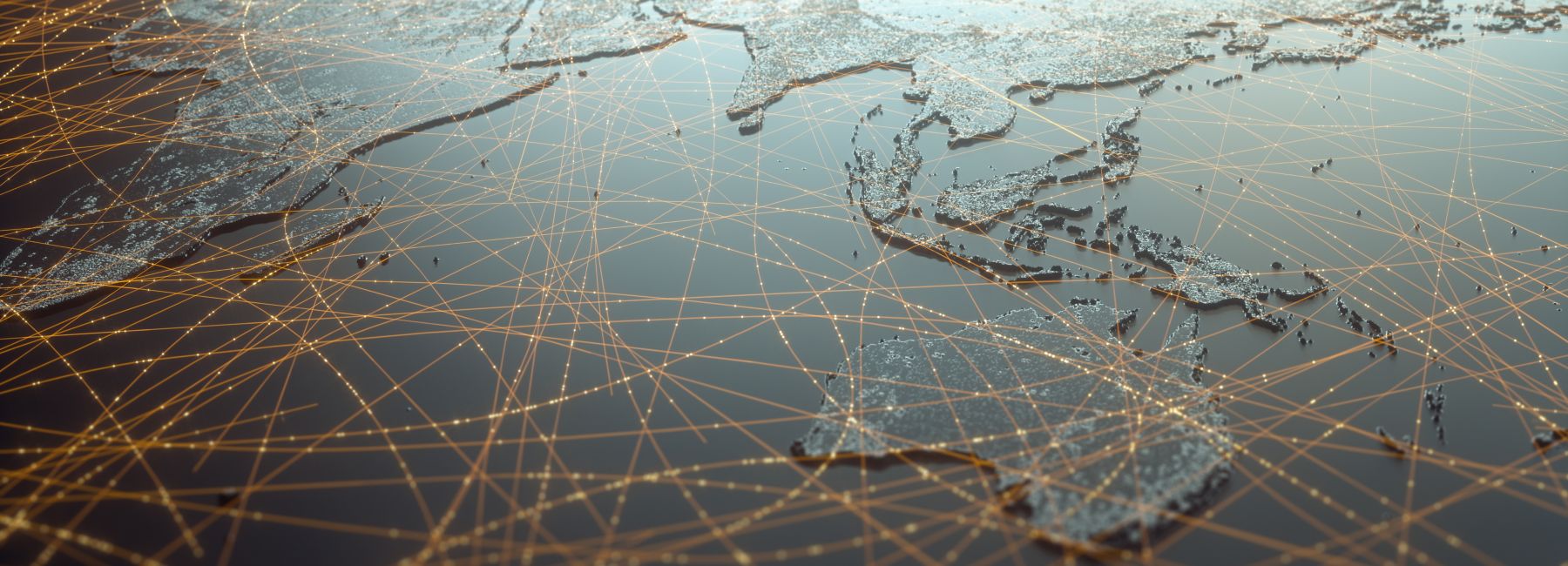Recent APAC cyber incidents highlight the urgent need to rethink security strategies, from an Australian airline breach exposing the personal data of millions to attacks on Singapore’s critical infrastructure.
Growth Drivers | August 13, 2025
Staying ahead of cyberthreats in Asia-Pacific
By Kylie Watson, Head of Cybersecurity, DXC Technology
During the past few decades, we've seen significant technological advancements that have impacted every industry and aspect of our lives. However, this convergence of innovation has also created a perfect storm of opportunity for hackers, data breaches and other cybercrimes to occur.
Attackers are exploiting security gaps in everything from remote work platforms to smart devices. Meanwhile, the widespread adoption of cloud computing, AI and connected devices have created a larger attack surface and made it easier for even low-skilled hackers to launch increasingly sophisticated attacks.
This is leaving organisations scrambling to keep up
For example, in Australia, there was a notable rise in cybercrime incidents during the 2022-2023 financial year, with over 94,000 cybercrimes reported to law enforcement agencies—a 23% increase from the previous year.
In Asia, cybercrime rates have increased significantly from 2020 to the present day, with the region becoming a prime target for cybercrime. In 2022, the Asia-Pacific (APAC) region accounted for approximately 31% of global cyberattacks, making it the most attacked region in the world.
Navigating the increasing number of industry-specific cyberattacks is crucial, particularly in sectors such as government, healthcare, education, professional, utility services and telecommunications services. Ransomware attacks made up 11% of all incidents, an increase of 3% from 2022 to 2023.
This challenging cybersecurity environment prompted the Australian government to develop the 2023-2030 Australian Cyber Security Strategy and introduce the Cyber Security Act to address the increasing threats and vulnerabilities.
Investing in resilience
The Australian government is already making strides in securing the nation’s cyber landscape and protecting critical infrastructure. By strengthening protections for individuals and businesses, addressing existing cyber risks, and enhancing its understanding of the evolving threat landscape, the government is taking a proactive approach to guiding security measures.
And efforts to combat cybercrime in Asia are also intensifying. ASEAN has implemented a Cyber Security Strategy Plan focusing on cyber readiness, policy harmonisation and capacity building. The plan included establishing an ASEAN Regional Computer Emergency Response Team by 2024.
Singapore and Malaysia are leading cybersecurity initiatives, with Singapore launching public awareness campaigns like Better Cyber Safe than Sorry. The region is also enhancing collaboration with initiatives like the ASEAN Cybersecurity Resilience and Information Sharing Platform promoting threat information sharing between central banks.
Overcoming advanced security implementation challenges
While many businesses recognise the importance of a zero-trust security approach, implementation challenges often hinder adoption. The complexity of zero trust is a significant barrier, as it requires a complete understanding of an organisation's data flows, resources and endpoints.
To make zero trust effective for critical infrastructure, resilience must be built into every layer of security. This means adopting a proactive approach that addresses vulnerabilities, ensures systems can recover quickly, and limits the impact of breaches.
For example, when a breach occurs, it's crucial for leaders to conduct a thorough investigation and gather information from each part of the business to understand the full extent of the damage. By doing so, they can prioritise their efforts and allocate resources efficiently to minimise the impact.
Preparing for what's ahead
In 2025 and beyond, AI will become a powerful tool for enhancing cybersecurity in APAC. Businesses will increasingly use AI to detect malicious activity in a system or network, spot anomalies or suspicious behaviors, automate responses and even secure AI models against various security threats.
However, alongside its advancements, AI brings forth a myriad of security challenges that cannot be ignored. For example, attackers have been successful at using methods like deepfakes—a form of AI that can be used to create convincing hoax images, sounds and videos—to fool security systems and trick people into trusting fake identities.
And with APAC countries investing heavily in quantum computing, the same things that make this technology powerful also make current cryptographic defences vulnerable to cyberattacks.
These trends indicate that the future of cybersecurity in the APAC region will be driven by advanced technologies, increased regulation, a growing emphasis on collaboration and trust-building measures, and a zero-trust approach that protects applications and systems at every layer.


